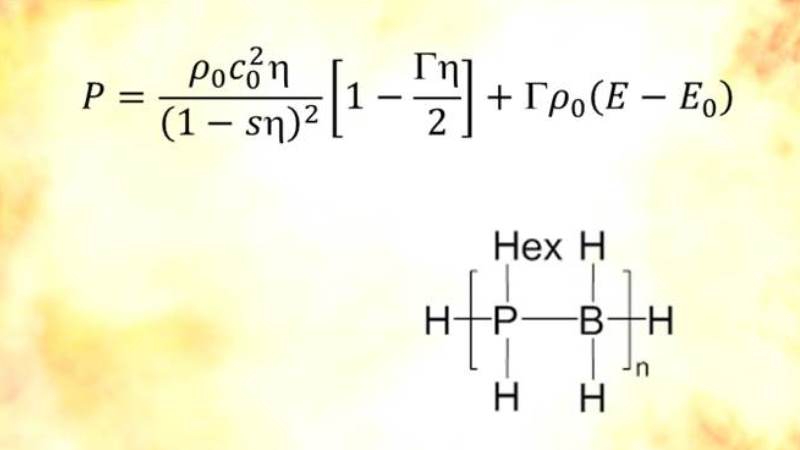An interdisciplinary team is using synthesis and modelling to develop a group of polymeric binders that can overcome many problems faced by the UK energetic community.
Key facts
- Energetic materials have a high amount of stored chemical energy that can be released, such as explosives, pyrotechnic compositions and fuels. Polymeric binders are used in all types of energetic formulations and afford mechanically stable, relatively insensitive, machinable and formable energetic fillings.
- The need to secure a supply of more stable binders has been increased due to addition regulation, in particular ITAR (International Traffic in Arms Regulations) in the US and REACH (Registration, Evaluation, Authorisation and Restriction of Chemicals) in the UK.
- The Binders by Design team are developing this challenge using two different approaches: synthesis of polymers and computer modelling.
- Funded by The project is funded through the Weapons Science and Technology Centre (WSTC) by the Defence Science and Technology Laboratory (Dstl).
Impact of our research
Cranfield has designed the project according to the WSTC Statement of Requirements. Cranfield staff have high-quality expertise in polymer chemistry, energetic binders and formulations as well as project management. We were also able to bring together partners from academia and the private and public sectors.
During the first two years of the project, the team has delivered new binder materials with interesting properties and created the basis for the first structure and properties correlation model, which is able to predict the properties of a binder system and fine tune its properties in response to the results of the modelling.

Why the research was commissioned
The increased prevalence of international traffic in arms regulations (ITAR) means that access to some materials used in current energetic binder systems will become less secure in the future. Also, there is potential that the supply and use of current polymers may be at risk due to the imposition of registration, evaluation, authorisation and restriction of chemicals (REACH) regulations. Therefore, it is important to have a series of materials in the UK which can be produced to provide a resilient source of supply for the future long term use in weapon systems.
Why Cranfield?
Cranfield Defence and Security is an internationally renowned specialist institution with a unique partnership with the UK’s Ministry of Defence. We deliver practical solutions to the military and civilian community across the world. CDS has a vibrant research inter-disciplinary programme, excellent facilities for manufacturing and testing explosives, fuels, polymers, radioactive materials, metals and non-metals.
The Centre for Defence Chemistry is the world leader in the synthesis of specific polymeric energetic binders and owns a patent for energetic polyphosphazenes. The team can provide expertise in synthesis, analysis and characterisation, formulation, small-scale manufacturing, and testing and evaluation.


